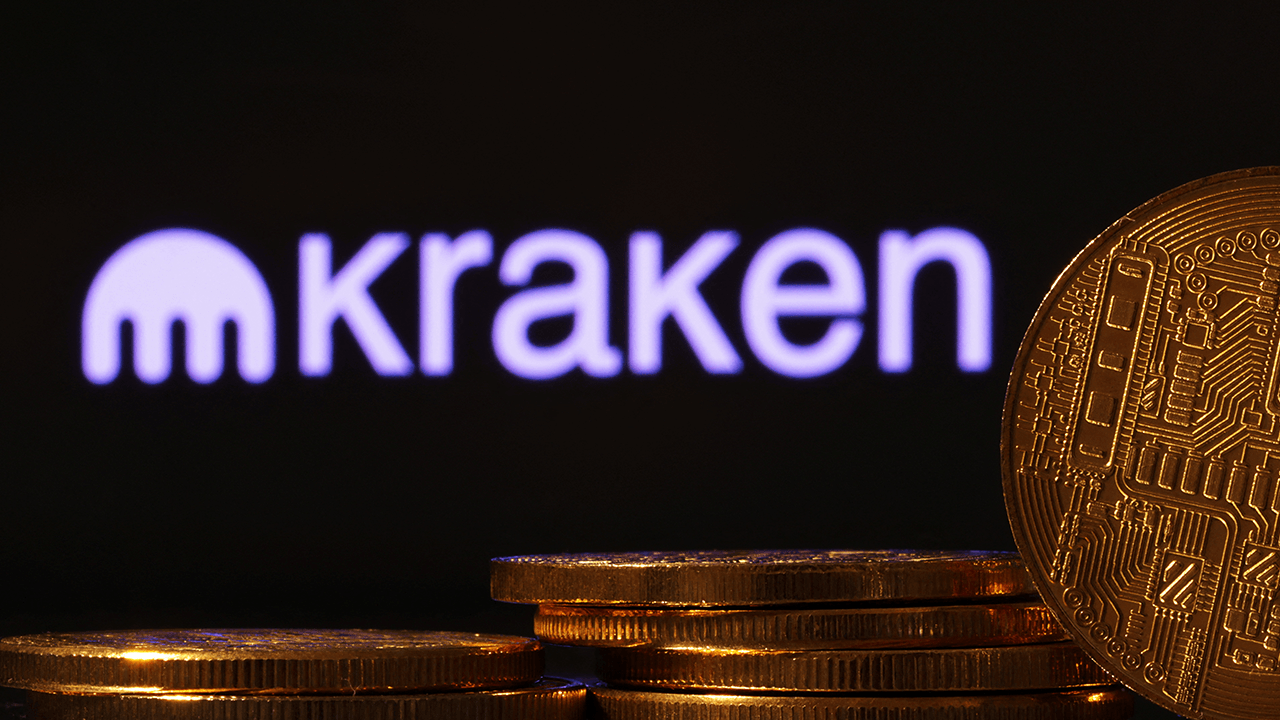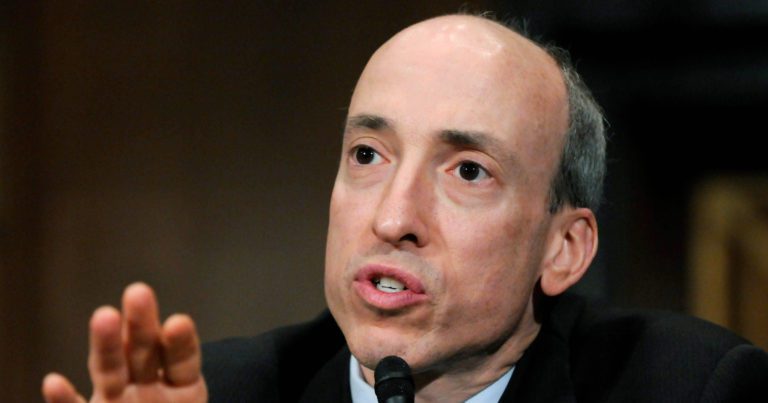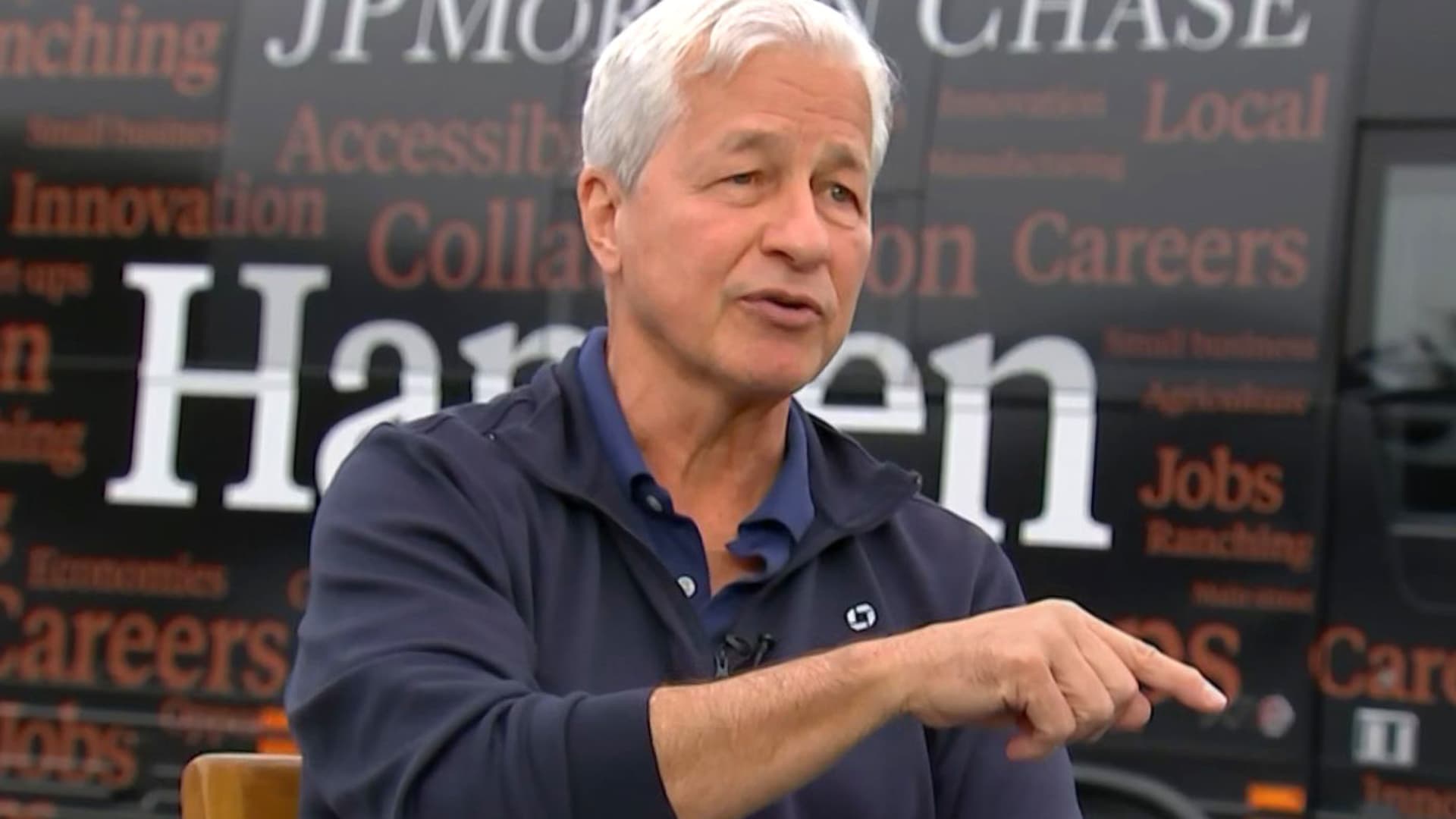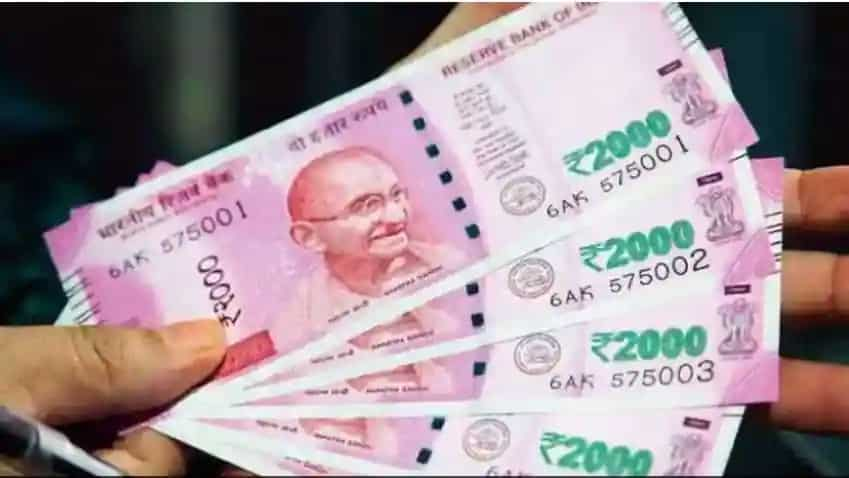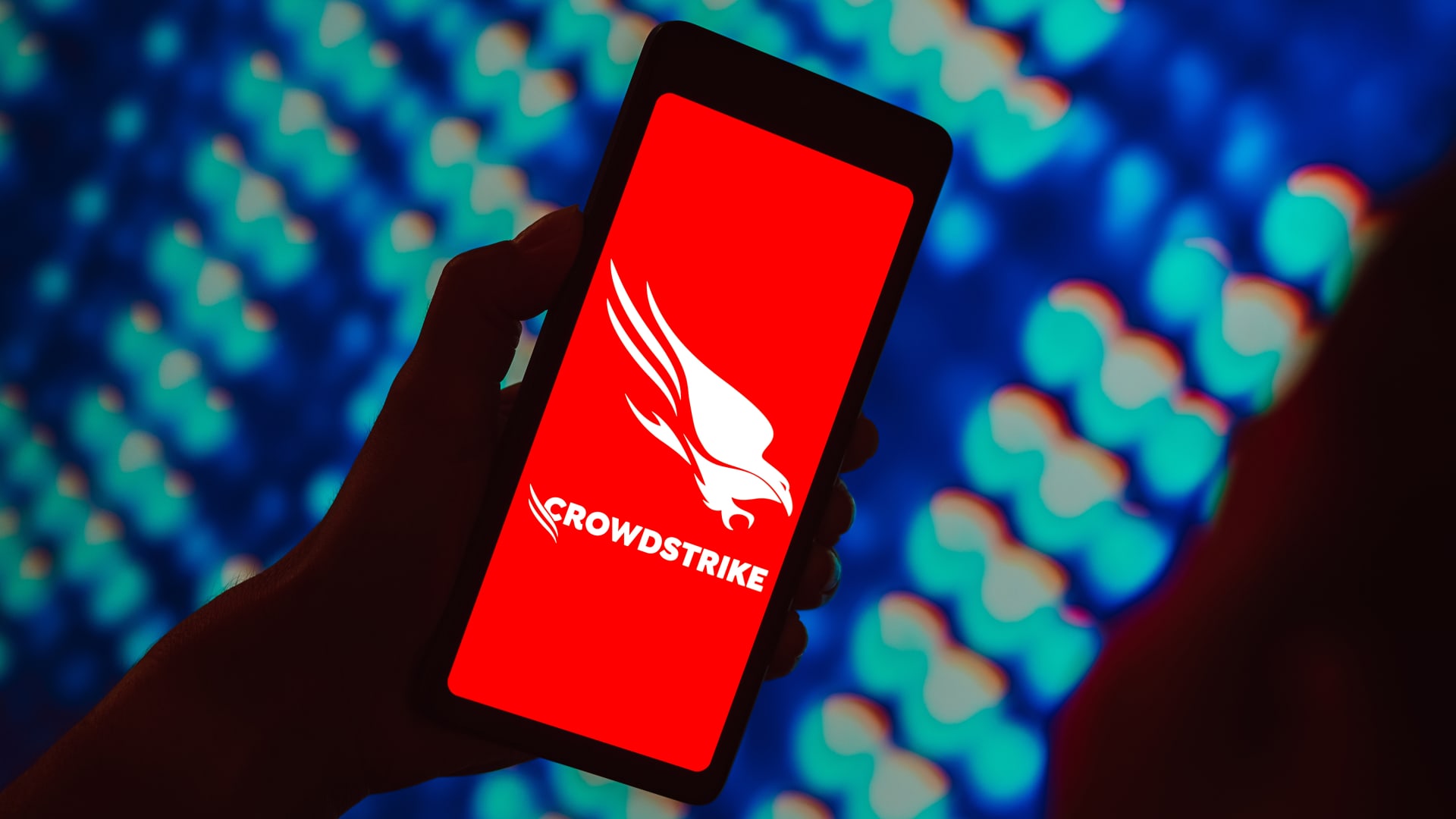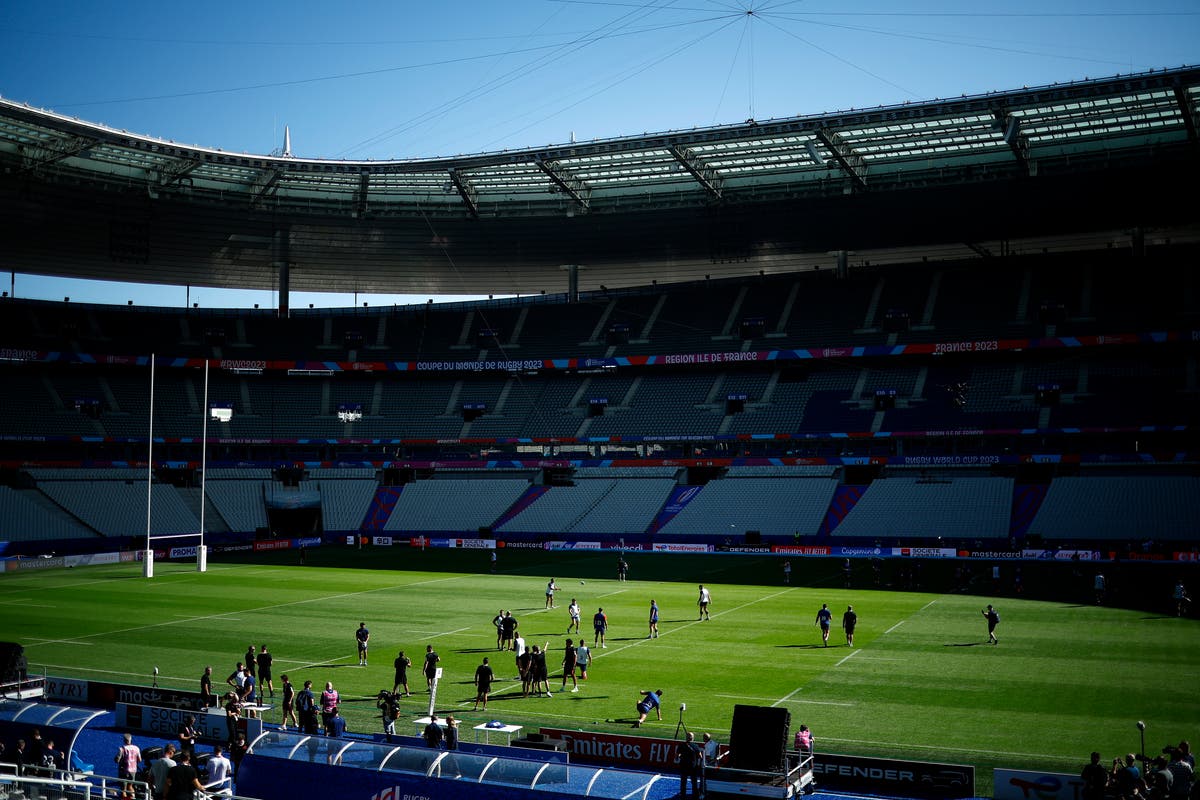If crypto trading is still a niche activity, then NFTs are a niche within a niche, and the past year has seen active market participants gradually becoming narrowed down to true believers.
Overall, NFT trading volumes dropped, trades by new wallets went down, meaning fewer new participants, and NFT interest on Google Trends showed a running decline (aside from when Donald Trump launched an NFT collection, causing a temporary spike in interest last month).
All of this does not mean that nothing has happened in the NFT space. There have been new collections released and occasional bursts of activity, but, on the whole, the mood has changed significantly.
There was an air of competitive ruthlessness, a realization that without new traders, existing funds were simply rotating around projects, and a deep lack of conviction in any upward price movements, with the default presumption being that any positive run was extremely short-term and not to be trusted.
With the market looking worse for wear and subdued, some builders were reluctant to launch anything new, resulting in further market doldrums, leading again to reluctance to act, and an all-round sense of frustration.
Renewed Activity
Skip through to where we are now, in the middle of January, and the mood around NFTs has changed markedly. Prices are rising, new developments from high-profile collections are lining up, and there is even talk of a bullish trend taking shape.
Notably, the top gainers are large well-established projects, the so-called blue chips (although that phrase is used more flippantly in NFTs), including Yuga Labs collections, Azuki, and Sorare football NFTs.
However, the positivity has spread out. Some less well-known collections have experienced a boost, and suddenly, launching a new project doesn’t seem quite such an intimidating prospect.
Why Are NFTs Moving Again?
It appears from data tracking new wallets that there has not yet been a significant uptick in new participants entering the market (as would be usual in a substantial bull run), so it’s not immediately clear what is driving these NFT price increases.
A first option for consideration is that it’s a simple correlation with upward movement in the prices of Bitcoin, Ethereum and altcoins.
By this reckoning, positive sentiment in crypto overall could lead to patiently sidelined NFT enthusiasts dusting themselves off and reentering the market, spurring others to do the same.
This aligns conveniently with some new developments coming up at influential projects, most notably at Yuga Labs and PROOF Collective. Yuga in particular is already generating significant hype, and in NFTs, any excitement can become quickly contagious.
Moreover, we have a new NFT trading platform, Blur, encouraging activity through its upcoming token rewards scheme, with traders eager to beef up their token allocations by making use of the platform, in anticipation of receiving an airdrop.
Watch a recent FMLS22 session on “NFTs for Fintechs: From Asset Class to the Machinery of Ownership.”
And, on top of that, on a decentralized protocol called BendDAO, where NFTs can be used as collateral to receive ETH loans, borrowing has increased.
This activity is particularly centered around Yuga Labs assets, following on from BendDao, in December, increasing collateral ratios on Bored Ape Yacht Club, Mutant Ape Yacht Club, and CryptoPunks NFTs, meaning holders could borrow more ETH.
What we end up with is Yuga asset holders, who are not known for being risk averse, leveraging their Apes for liquidity that can then be channelled back into NFTs.
Is Current Bullishness Sustainable?
NFTs are highly volatile and guzzle up attention as fuel, meaning they can shoot up in value very quickly, but also drop like a stone, and there should be caution about current positive price action.
Looking at some of the possible catalysts for upward movement, there are identifiable end points.
When Blur finally airdrops its ecosystem tokens to traders, the incentive to utilize its platform immediately lifts. Blur may well have done enough to establish itself as a lasting competitor, but still, the dynamics will change, and floor prices (meaning the minimum cost of an item from an NFT collection) might dip.
As for creative developments at Yuga Labs, when they reach a conclusion (Yuga is planning an extended interactive event involving NFTs and ApeCoin), participants will hopefully have had a good time, but excitement must dissipate and attention will migrate.
And, when it comes to borrowing on BendDAO, crypto markets have had plenty of recent experience of what happens when excessive leverage hits a sudden deflation in market sentiment and, subsequently, prices. The more optimistic outlook holds that current drivers can initiate a genuine shift, pushing NFTs into a longer-term positive trend.
A lack of new traders might currently make this unlikely, but if the various bullish triggers now in motion happen to slipstream into a sustained upward run for the wider crypto space, then perhaps new participants will make an appearance, and continued gains can occur. Either way, if prices dip back down again, this current period has highlighted the extent to which several big NFT projects have real staying power.
While this latest round of positivity may, in the end, turn out to be short-lived, it is a reminder that creative development never halted, it’s just been quietly grinding through the winter, and when a spark comes, NFTs can turn into an explosive market.
If crypto trading is still a niche activity, then NFTs are a niche within a niche, and the past year has seen active market participants gradually becoming narrowed down to true believers.
Overall, NFT trading volumes dropped, trades by new wallets went down, meaning fewer new participants, and NFT interest on Google Trends showed a running decline (aside from when Donald Trump launched an NFT collection, causing a temporary spike in interest last month).
All of this does not mean that nothing has happened in the NFT space. There have been new collections released and occasional bursts of activity, but, on the whole, the mood has changed significantly.
There was an air of competitive ruthlessness, a realization that without new traders, existing funds were simply rotating around projects, and a deep lack of conviction in any upward price movements, with the default presumption being that any positive run was extremely short-term and not to be trusted.
With the market looking worse for wear and subdued, some builders were reluctant to launch anything new, resulting in further market doldrums, leading again to reluctance to act, and an all-round sense of frustration.
Renewed Activity
Skip through to where we are now, in the middle of January, and the mood around NFTs has changed markedly. Prices are rising, new developments from high-profile collections are lining up, and there is even talk of a bullish trend taking shape.
Notably, the top gainers are large well-established projects, the so-called blue chips (although that phrase is used more flippantly in NFTs), including Yuga Labs collections, Azuki, and Sorare football NFTs.
However, the positivity has spread out. Some less well-known collections have experienced a boost, and suddenly, launching a new project doesn’t seem quite such an intimidating prospect.
Why Are NFTs Moving Again?
It appears from data tracking new wallets that there has not yet been a significant uptick in new participants entering the market (as would be usual in a substantial bull run), so it’s not immediately clear what is driving these NFT price increases.
A first option for consideration is that it’s a simple correlation with upward movement in the prices of Bitcoin, Ethereum and altcoins.
By this reckoning, positive sentiment in crypto overall could lead to patiently sidelined NFT enthusiasts dusting themselves off and reentering the market, spurring others to do the same.
This aligns conveniently with some new developments coming up at influential projects, most notably at Yuga Labs and PROOF Collective. Yuga in particular is already generating significant hype, and in NFTs, any excitement can become quickly contagious.
Moreover, we have a new NFT trading platform, Blur, encouraging activity through its upcoming token rewards scheme, with traders eager to beef up their token allocations by making use of the platform, in anticipation of receiving an airdrop.
Watch a recent FMLS22 session on “NFTs for Fintechs: From Asset Class to the Machinery of Ownership.”
And, on top of that, on a decentralized protocol called BendDAO, where NFTs can be used as collateral to receive ETH loans, borrowing has increased.
This activity is particularly centered around Yuga Labs assets, following on from BendDao, in December, increasing collateral ratios on Bored Ape Yacht Club, Mutant Ape Yacht Club, and CryptoPunks NFTs, meaning holders could borrow more ETH.
What we end up with is Yuga asset holders, who are not known for being risk averse, leveraging their Apes for liquidity that can then be channelled back into NFTs.
Is Current Bullishness Sustainable?
NFTs are highly volatile and guzzle up attention as fuel, meaning they can shoot up in value very quickly, but also drop like a stone, and there should be caution about current positive price action.
Looking at some of the possible catalysts for upward movement, there are identifiable end points.
When Blur finally airdrops its ecosystem tokens to traders, the incentive to utilize its platform immediately lifts. Blur may well have done enough to establish itself as a lasting competitor, but still, the dynamics will change, and floor prices (meaning the minimum cost of an item from an NFT collection) might dip.
As for creative developments at Yuga Labs, when they reach a conclusion (Yuga is planning an extended interactive event involving NFTs and ApeCoin), participants will hopefully have had a good time, but excitement must dissipate and attention will migrate.
And, when it comes to borrowing on BendDAO, crypto markets have had plenty of recent experience of what happens when excessive leverage hits a sudden deflation in market sentiment and, subsequently, prices. The more optimistic outlook holds that current drivers can initiate a genuine shift, pushing NFTs into a longer-term positive trend.
A lack of new traders might currently make this unlikely, but if the various bullish triggers now in motion happen to slipstream into a sustained upward run for the wider crypto space, then perhaps new participants will make an appearance, and continued gains can occur. Either way, if prices dip back down again, this current period has highlighted the extent to which several big NFT projects have real staying power.
While this latest round of positivity may, in the end, turn out to be short-lived, it is a reminder that creative development never halted, it’s just been quietly grinding through the winter, and when a spark comes, NFTs can turn into an explosive market.





